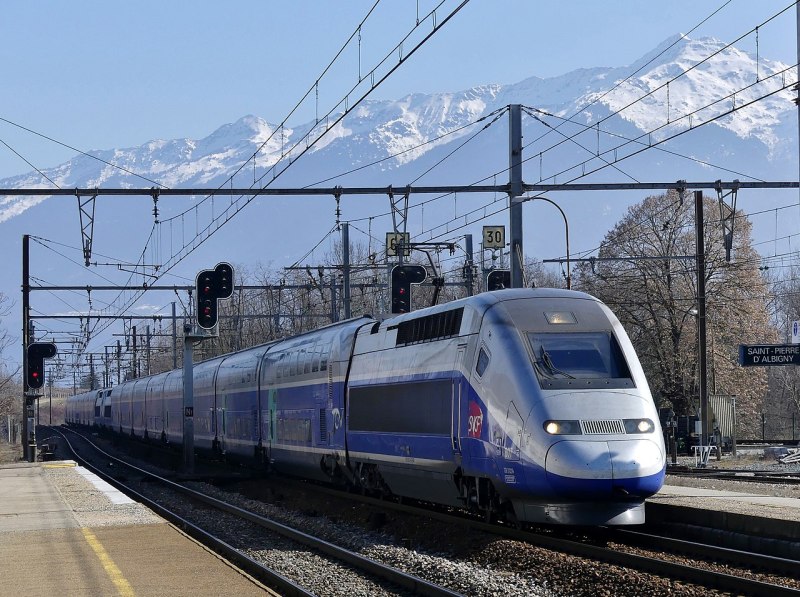3 Maps: The $21 Billion Colorado High-Speed Rail Network Proposed in 2010

Colorado’s economy could support and benefit from a $21 billion high-speed rail system, according to a 2010 report by the Rocky Mountain Rail Authority. At a time when a new president had raised hopes that bullet trains could finally come to America, the 18-month study offered a first look at the idea in Colorado.
The maps presented here come from that report. They offer early sketches, not detailed plans.
The Federal Railroad Administration created the map above, which outlines a complete high-speed rail network in the state.
The report projected a trip from Denver International Airport to Keystone would cost $35 and get you there in 1 hour 15 minutes. A trip from Downtown Denver to Ft. Collins would cost $30 and arrive in 1 hour at average speeds between 90 and 100 mph or more, which would offer riders a significant advantage over driving.
The system would carry 35 million passengers and generate more than $750 million in revenue by 2035 according to an FRA estimate.
This week, the state announced that it will again study passenger rail, but only along the I-25 corridor. The new study will build upon the initial work from the 2010 report, which suggested running trains every 15 to 30 minutes during the day along I-25. But the new recommendations are likely to be more modest than the 2010 plan.
Denver to Cheyenne
The alignments in the 2010 report suggest using:
- Greenfield/unconstrained routes, which involve acquiring land. This option can be built straighter and flatter routes, which allow high-speed trains to move faster.
- Existing freight rail tracks, which can be problematic for high-speed rail because the curves and inclines are too sharp to move at high speeds. Passenger trains can also get stuck behind freight traffic.
- Shared routes, which would place tracks on state-owned land next to I-25. Such alignments can be steeper than ideal for high-speed rail technologies available at the time.
Denver to Pueblo
The 2010 study recommended the greenfield/unconstrained routes along 1-25, which could support very high-speed electric trains, with maximum speeds of 220 mph. Less favorable route options would require slower train technologies.
Streetsblog welcomes tips, story ideas and reader-submitted editorials. E-mail andy@streetsblog.org.





